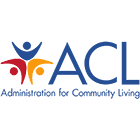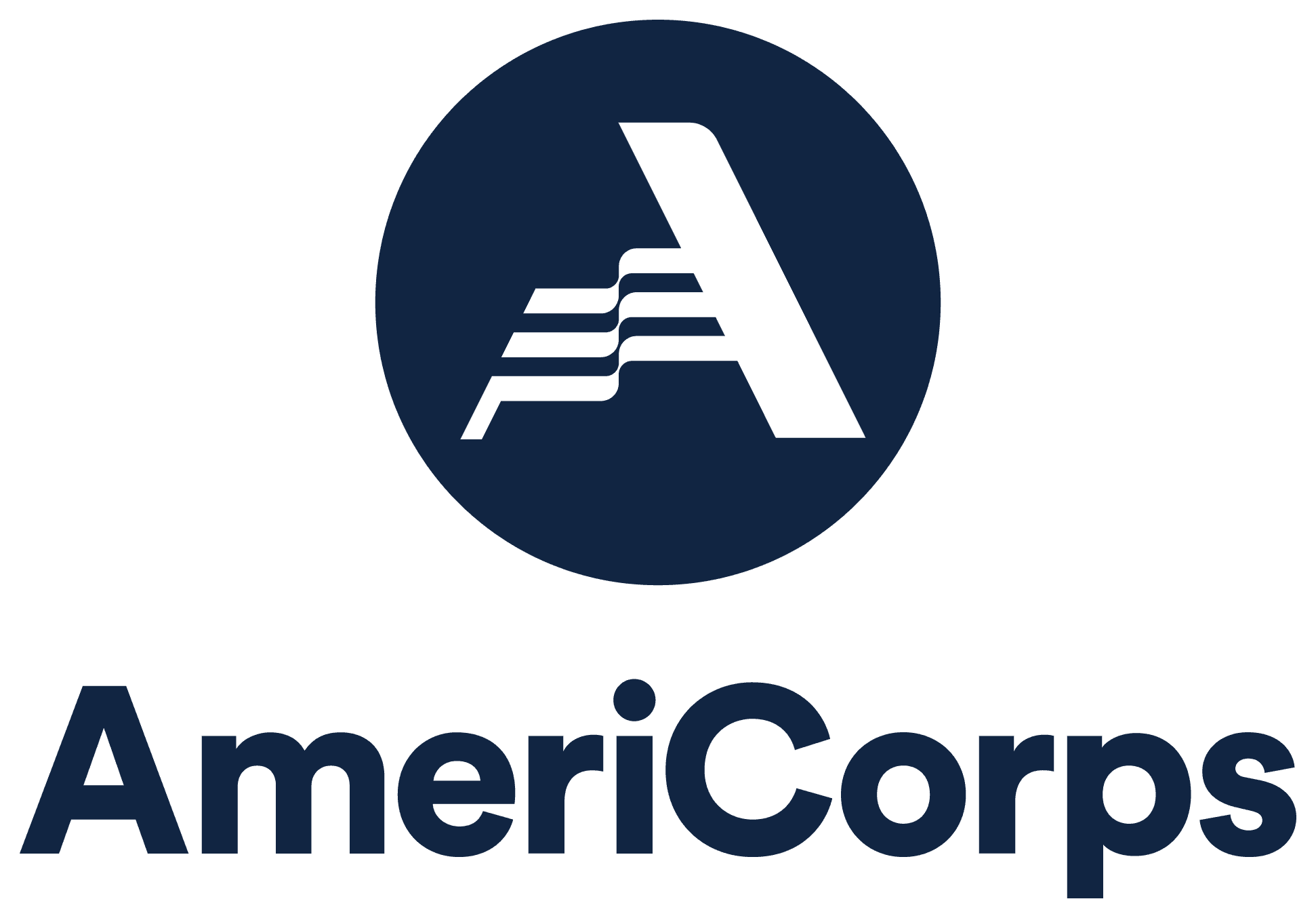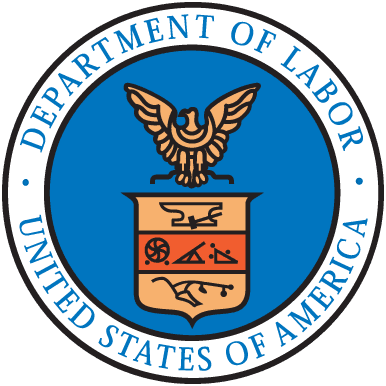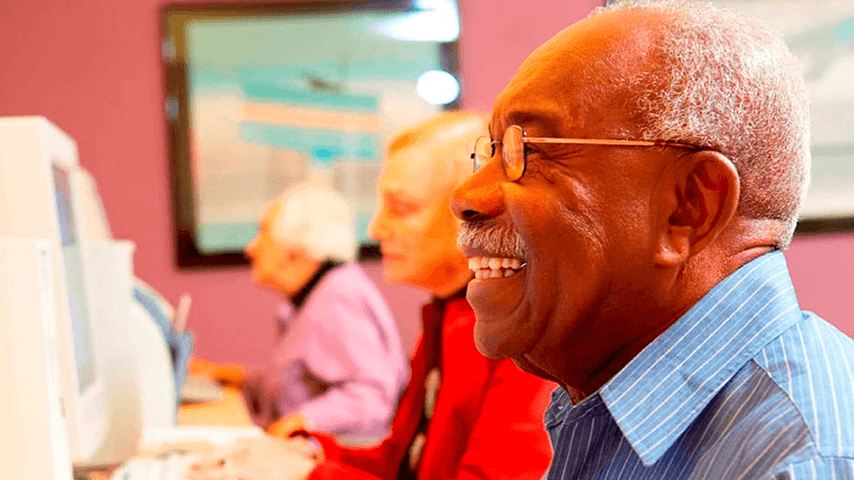Workforce Training

How NCOA Supports Unemployed Older Adults and Our Nation's Direct Care Workers
The Center for Economic Well-Being
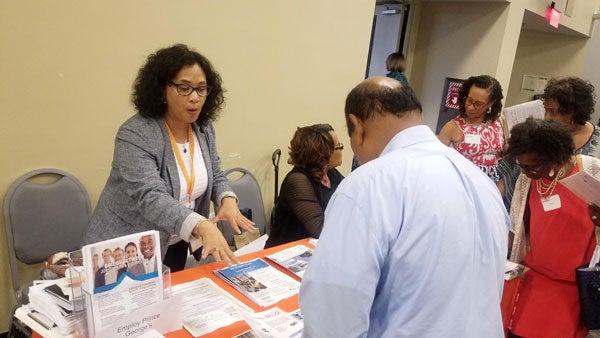
Direct Care Workforce Strategies Center

Boost Your Budget® Week

Senior Centers
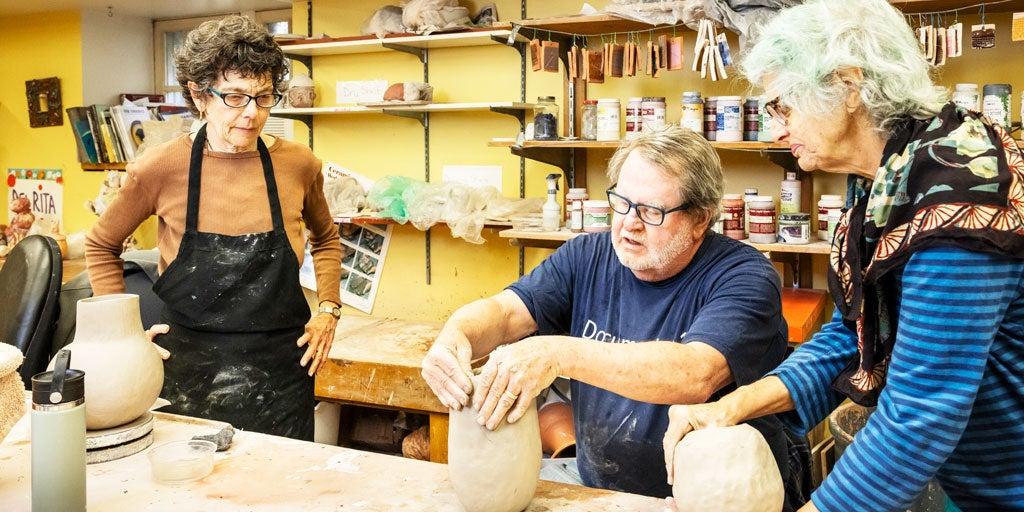
Against the backdrop of rising inflation, older Americans are struggling with higher costs related to housing, utilities, groceries, and health care. Many also face diminished savings and job loss. Even for older adults who are making ends meet, a single health or other emergency can quickly tip the financial scales.
Some key facts among economically insecure older Americans and those seeking employment:
- Of older adults who reported any income in 2022, 10% earned less than $10,000.1
- Older adults living alone are especially vulnerable, with 17.7% living in poverty versus 6.6% living with families.1
- Older workers of color are most at risk for unemployment. In the second quarter of 2024, the unemployment rates for those age 65+ were 3.1% for Black men and 4.7% for Black women; 2.4% and 1.4% for Asian men and women, respectively; and 4.3% and 4.1% for Hispanic men and women.2
- In 2023, 11.2 million Americans age 65+ were working or proactively seeking employment.1
- According to the Bureau of Labor Statistics, 9.5% of the civilian labor force is expected to be older than 65 by the year 2030.3
But who is taking care of our aging population? And do they have enough resources to step in and deliver care for complex health needs of older adults and people with disabilities?
Family caregivers play a large role in the care of older adults, with many of them also juggling a job, children, and other responsibilities. In 2021-22, 37.1 million family caregivers provided unpaid care to a family or non-family member age 65+.1
Without a strong direct care workforce, families and caregivers face increased pressure to step in and deliver care that is often insufficient for the complex health needs of older adults and persons with disabilities.
NCOA's role in improving the lives of older adults and in support of a stronger direct care workforce
Through two resource centers led by our Center for Economic Well-Being, NCOA supports low-income, unemployed people age 55+ find work, as well as the caregivers and community organizations that serve them.
Explore our resources below and learn more about the Senior Community Service Employment Program (SCSEP) and our Direct Care Workforce Strategies Center, and other ways NCOA promotes awareness of and access to tools, resources, and knowledge to help all older adults age with dignity. This includes money-saving benefits, creating a job skills plan, and money management tips.
Sources
1. U.S. Administration for Community Living. 2023 Profile of Older Americans. May 2024. Found on the internet at https://acl.gov/sites/default/files/Profile%20of%20OA/ACL_ProfileOlderAmericans2023_508.pdf
2. U.S. Bureau of Labor Statistics. Labor Force Statistics from the Current Population Survey. Updated July 5, 2024. Found on the internet at https://www.bls.gov/web/empsit/cpsee_e16.htm
3. U.S. Bureau of Labor Statistics. Number of people 75 and older in the labor force is expected to grow 96.5 percent by 2030. Found on the internet at https://www.bls.gov/opub/ted/2021/number-of-people-75-and-older-in-the-labor-force-is-expected-to-grow-96-5-percent-by-2030.htm
NCOA Partners in Workforce Training
The Latest in Workforce Development and Employment Resources
Meet Our Partners
NCOA has been awarded a 5-year, $6.5 million grant from the U.S. Administration for Community Living (ACL) to establish a new technical resource center to support the nation’s direct care workforce, enabling older adults, people with disabilities, and their families and caregivers to lead healthy and independent lives.

Empower older adult job seekers
An increasing number of older adults need to work to cover their daily expenses. But many face barriers when returning to work—from explaining employment gaps to learning new technologies. Help an older adult build their confidence while creating a personal plan to land a job they love.
About the Center for Economic Well-Being
The Center for Economic Well-Being helps organizations enroll adults 65+ and younger adults with disabilities with limited means into the benefits programs they are eligible for so they can remain healthy and improve the quality of their lives. Learn more about our work, including the training and technical assistance NCOA provides.

